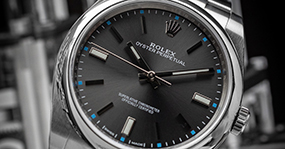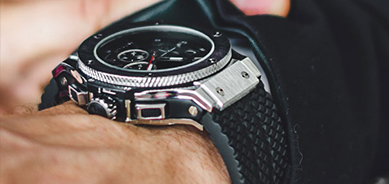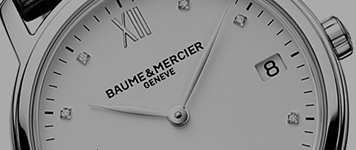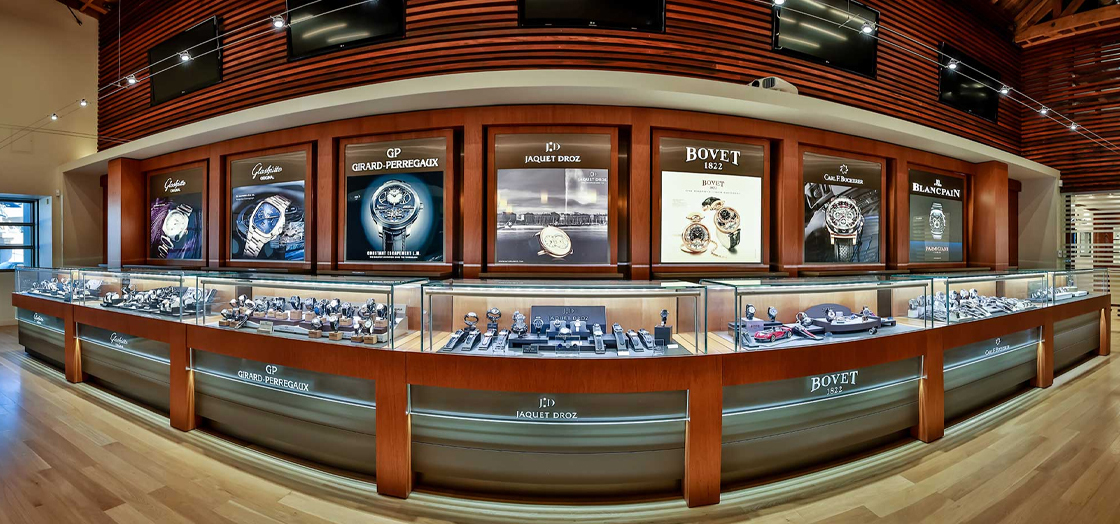
Watch Cases 101
Love Seiko? Check out the all-new limited edition SLA066 and SLA065!
Much has been made of the elements that make a watch immediately eye-catching. Dials, hands, and brilliantly colored straps all make for buzzworthy fare but one part is absolutely essential – the humble watch case. Put plainly, a watch is alluring because of the sum of its parts. Each component plays a vital role in the beauty and uniqueness of the piece. Every detail contributes to the bigger picture of class, functionality, and exquisiteness, and they are all critical to the overall function. And with each part interfacing with the others, none is possible without the case holding them all together.
What Is a Watch Case and What Does It Do?
The case is the component of a timepiece that make up most of its visual appearance, overall size, and structure. A complete case consists of the case back, the main body (with the lugs for attaching a strap), the bezel, and the watch crystal and crown.
The primary function of a watch case is to protect the internals of the piece. Beyond keeping harmful external factors like dust, moisture, and shocks from the mechanical parts, cases are also integral to a watch’s overall appearance.
How Are Steel Watch Cases Made?
For the vast majority of watches, the case is crafted from stainless steel. For cases like this, the process of manufacturing follows a specific set of steps. Let’s pull back the curtain on exactly what’s involved:
Step #1: The basic shape of the watch case is punched from raw materials (usually steel). Depending on how complex a case is (especially when it comes to luxury pieces), this process may be repeated several times to ensure it’s just right.
Step #2: The components – lugs, bezel, curves, etc – of the watch case are then turned, milled, and stamped in preparation for assembly. During this process, the cases is repeatedly heated to a high temperature so that the material will not strain or break.
Step #3: Finally, the work of the polishers begins with coarse grinding while polishing, brushing, and matting the material more and more finely until the desired result is achieved. It’s worth noting that the many different materials used for watch cases pose unique demands on the polishers.
What Materials Are Used for Producing Watch Cases?
Nowadays, watch cases for all kinds of pieces are made with various materials that are commonly available. Here are some options used for timepieces across all ranges in terms of style and price:
- Stainless steel: Used in many available watches today, stainless steel is a metal associated with high purity and high robustness. These cases are made through repeated melting of the material.
- Ceramic: Best known for its highly scratch-resistant properties, ceramic is made from titanium carbide and zirconium oxide powder fired at extremely high temperatures.
- Precious materials: Commonly available in gold, silver, titanium, and platinum, precious materials are staples for watch cases in luxury timepieces. Compared to other kinds of materials, they are especially sought after because they contribute to the overall value of the timepiece.
Feldmar Watch takes immense pride in being the place to be if you want to buy a luxury watch, including certified pre-owned timepieces. Feel free to browse through our immense collection of available options today!






























